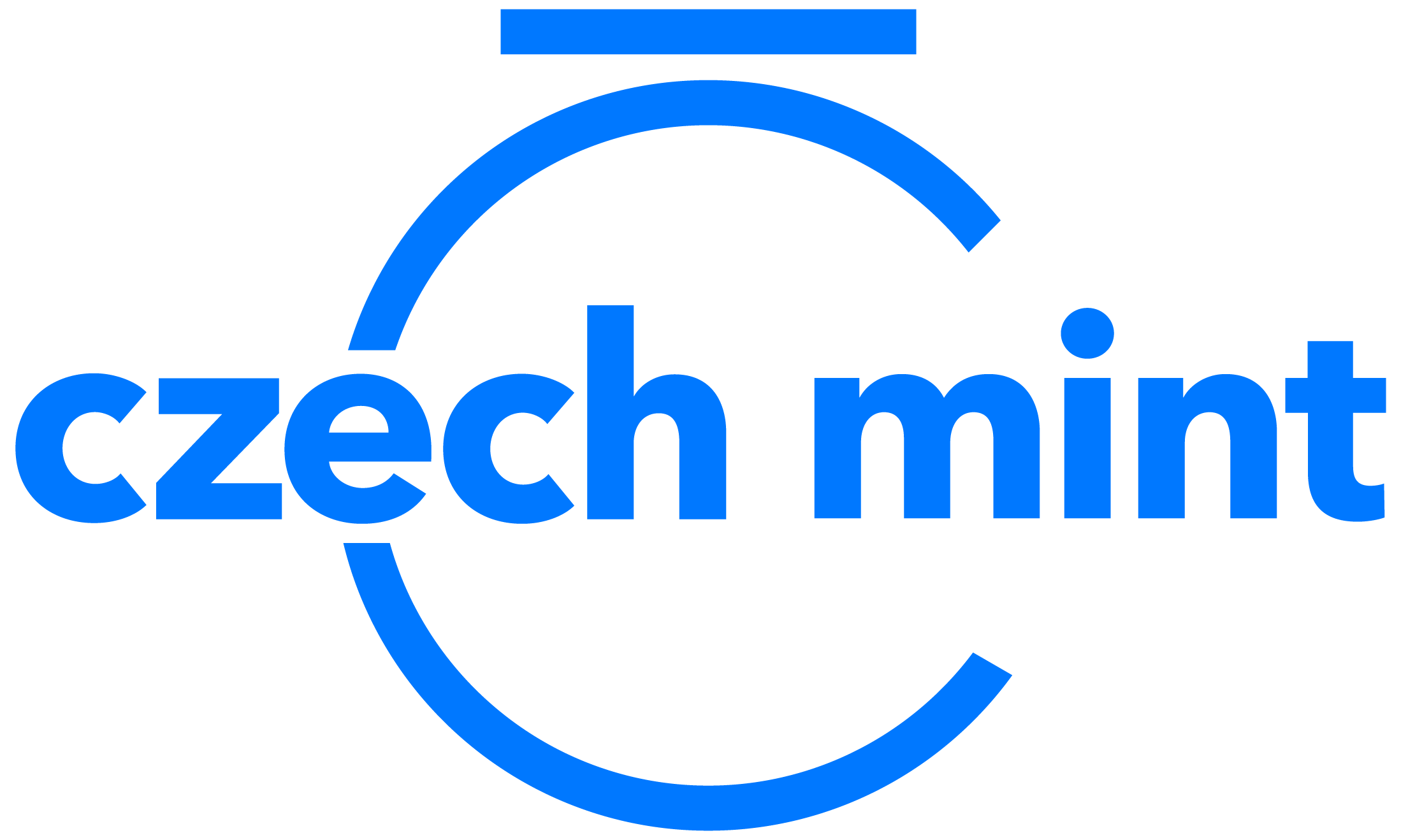In the past, the right of coinage was one of the privileges reserved to the royal majesty. You will often come across the term coinage regale, as royal rights are also called regalia under the influence of Latin.
Right of coinage represented the exclusive right to mint coins, but that was not all. It also included the right to control the quality of coins, to determine their appearance and to restrict their export or, conversely, the import of foreign coins.
Each ruler could issue an order regulating the coinage of his country. The administration of the coinage was then entrusted to the royal mintmaster.
Until the 12th century, representatives of noble families – not only the monarch himself – minted their own coins in the Bohemian lands, and we can therefore only speak of a Bohemian coinage regale from the 13th century onwards. It was finally consolidated by the coinage reform of King Wenceslas II, which took place in 1300. Coins became the property of the monarch and a source of his income.
However, right of coinage was leased and lent – this was the case, for example, with the powerful families of the Rosenbergs and Schwarzenbergs. A curiosity is the temporary right of coinage of the Schlick family.
Over the
centuries, the right of coinage gradually passed from the monarch to the state
and its central bank, which is today the Czech National Bank. All Czech coins are minted for it by the Czech Mint.
 čeština
čeština
 slovenčina
slovenčina
 english
english
